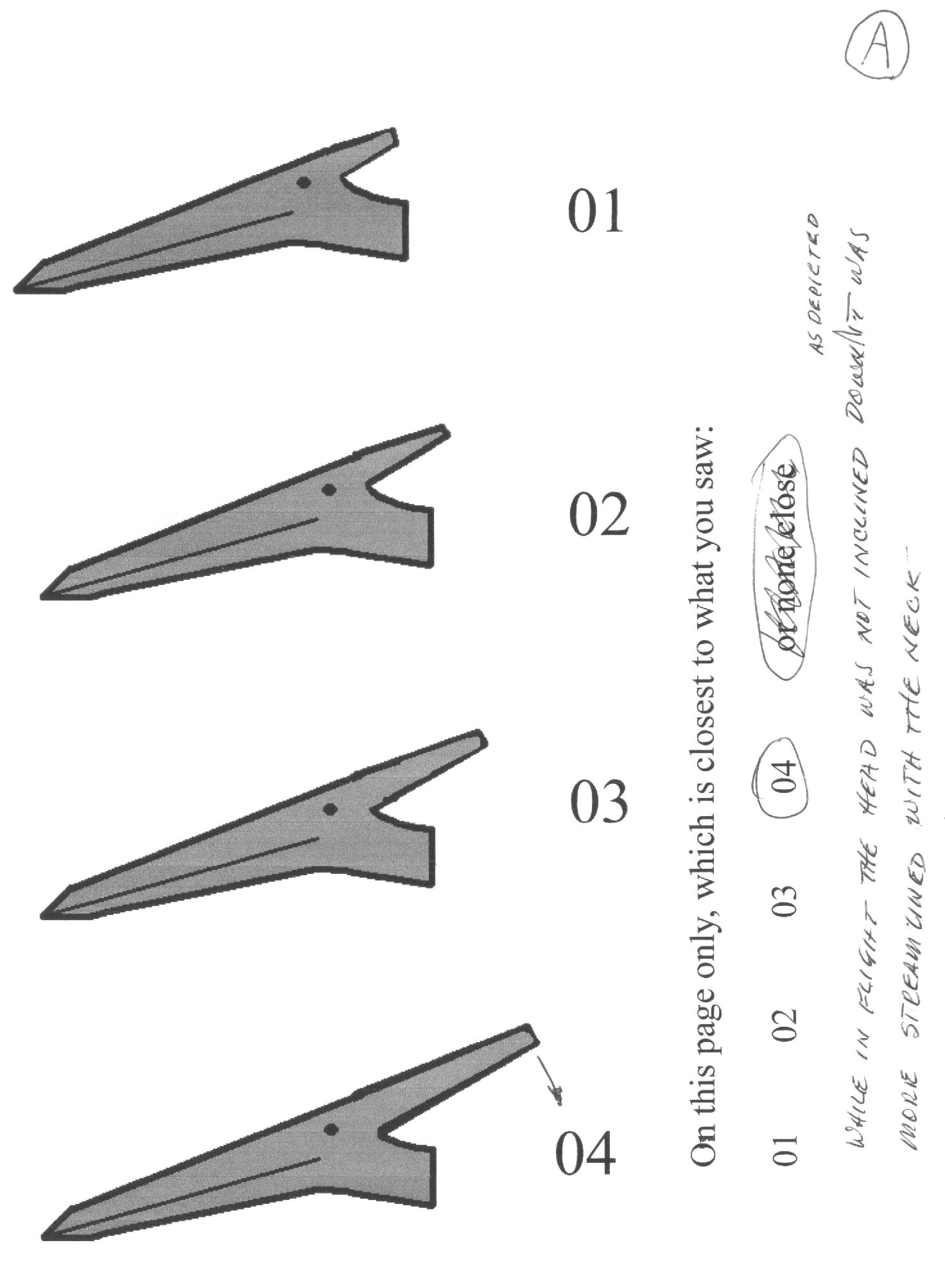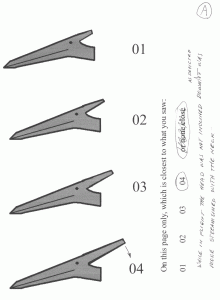Around September of 2013, the following comment appeared in response to the “Ropen-Pterodactyl American Eyewitness” Youtube video:
“Wow! The problem here is these creatures would have to live in populations in order to survive. They would be seen by lots of different people (not just wacky fundies) and would be well known to science. It is pathetic you people live in a fantasy. Join the rest of us in a place called…the real world.”
What did that skeptic mean by saying that these creatures “would be seen by lots of different people?” Garth Guessman and I created the video, and we could very well be labeled “fundies” by this critic, but the sighting was in 1944, years before we were born: Obviously, we did not see the creature reported in this video. Mr. Hodgkinson did not reveal anything about his religious beliefs in this video, so why assume he is a “fundy?” What did the skeptic mean? I suggest this critic was not thinking clearly and was also not thinking deeply.
In Searching for Ropens and Finding God, three estimates are given for the number of persons who have encountered a modern living pterosaur, worldwide, during the past fifty years. The lowest estimate involved encounters with obvious pterosaurs: 70 thousand; another estimate was 7 million; the third was 128 million eyewitness encounters. That last estimate (like the second one) refers to all actual encounters that humans have had with modern pterosaurs during the past fifty years, and that is a conservative estimate, although it’s critical to know one factor: Those were mostly encounters at night and the vast majority of them were with limited human visibility, so the persons did not recognize what had flown overhead, with few exceptions. Maybe less than 1% were aware that it was not a bird or bat that they had encountered in the dark.
Yet even the lowest estimate—70,000—seems quite enough to be labeled “lots of different people,” for these were worldwide sightings over a fifty year period, with eyewitnesses from various languages and religious beliefs. Did the skeptic assume that Hodgkinson’s sighting was the only sighting?
The critic gives no indication or suggestion that he has seen or read of any other eyewitness sighting report of an apparent pterosaur, so we are left to think this: He has only seen this one report. Why does he think that “lots of different people” have not seen anything similar? Has he interviewed every person who has ever lived on this planet?
And what did he mean by “the real world?” Consider our two expeditions in 2004, in which Garth Guessman and I (and several others) explored a jungle north of where Hodgkinson reported he encountered a huge flying creature? Is not Papua New Guinea part of the “real world?”
The following are excerpts from the nonfiction book Searching for Ropens and Finding God:
Science can thrive in examining relevant details, when we ponder possibilities. Of course we also need to think clearly. . . . we live in a big world, and we need to learn what people experience in the present; we need that more than we need to be bound by old ideas about imagined worldwide extinctions of numberless species of a general type, regardless of how comfortable our imaginations can make us feel temporarily. Listen to experiences of common people more often than the imaginations of professors.
. . . My experience, from 2003 to 2013, has shown me . . . [that] eyewitnesses have a variety of religious beliefs, and not all supporters of these investigations share the same faith.”
So what might we all agree upon, including the critic who says, “It is pathetic you people live in a fantasy?” Would we not all agree that in the Western world, when a few persons report a sighting of a living pterosaur and they create a video and upload it to Youtube, at least one person will ridicule it with words like those we have examined, words of this skeptic? We have all seen that, and even the skeptic would find it difficult to deny that he had ridiculed us. So what can we conclude? When a few persons report a pterosaur sighting in that way, it will be ridiculed. That is why, in the Western world, few persons report their sightings, and that is part of why this wonderful discovery has been delayed for so long in the United States and other Western countries.
Survey form given to Duane Hodgkinson, in which he chose the longest head crest
###
.

The new nonfiction book Searching for Ropens and Finding God
From page 183:
The wings were somewhere between 15 and 20 feet wide and they covered the entire opening to the U-shaped inlet when they were open. The wings were bat shaped without feathers, the head’s silhouette looked like a point (again, could not see facial features as it had the moon behind it) like a head crest but what I was looking at more than anything else was its large, sharp talons.




